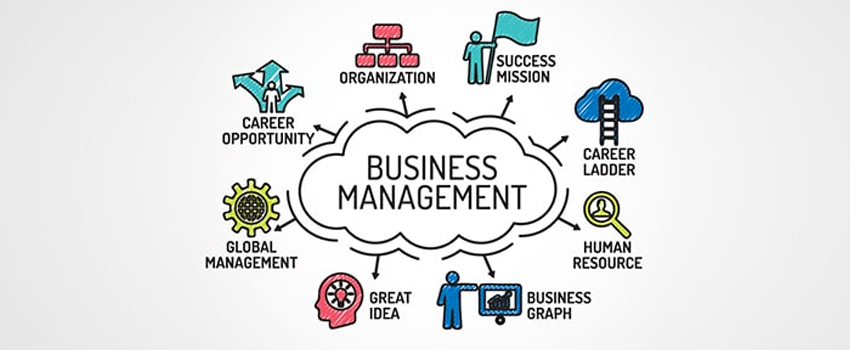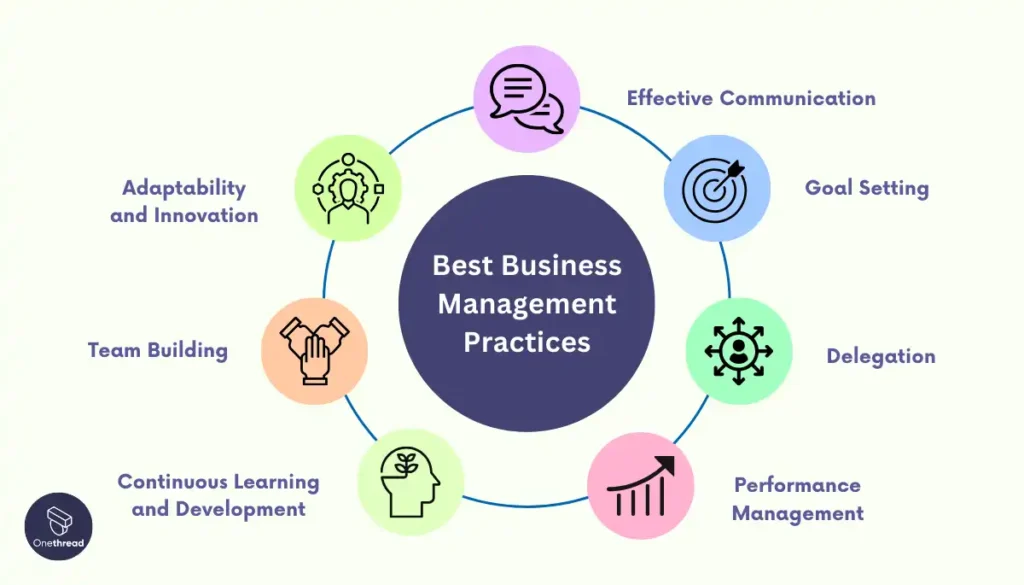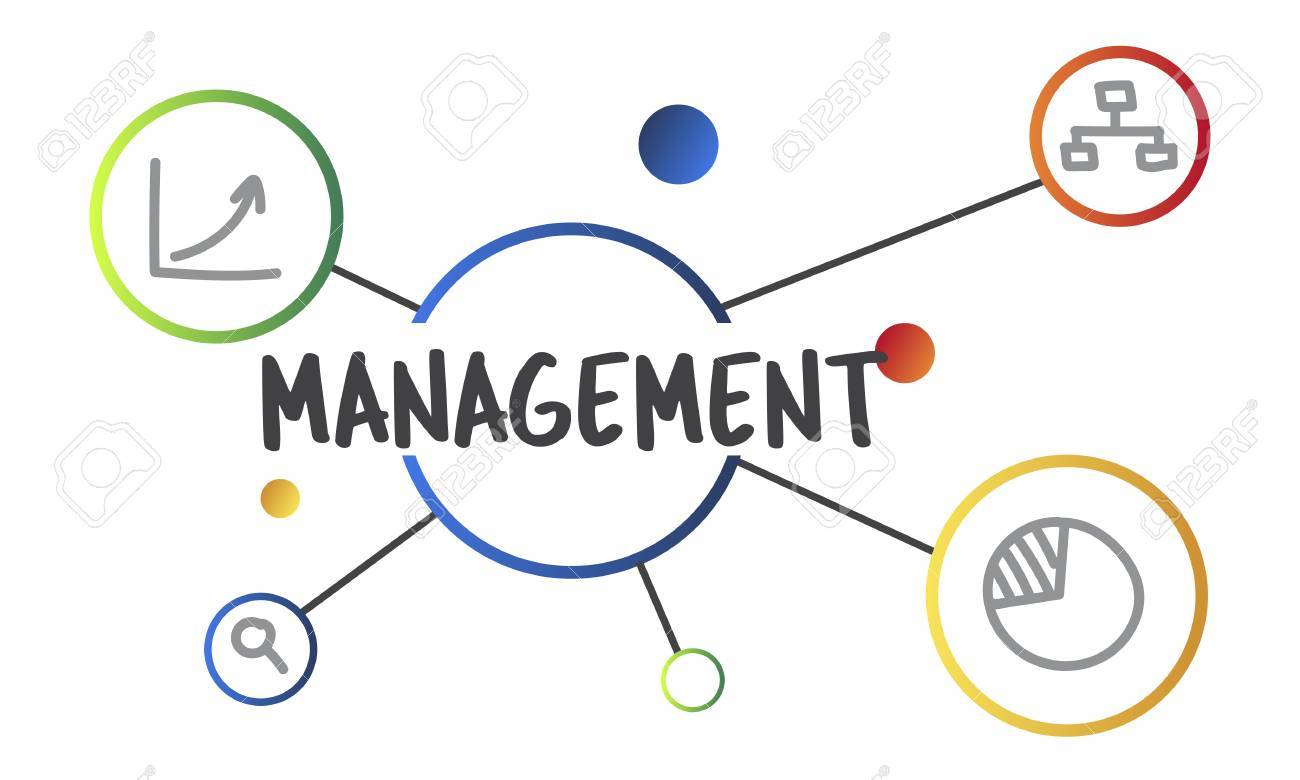Discover the Advantages of SAFe For Architects in Large-Scale Agile Atmospheres
Discover the Advantages of SAFe For Architects in Large-Scale Agile Atmospheres
Blog Article
Qualification stands as a critical element for leaders seeking to carry out the Scaled Agile Structure efficiently.Getting a SAFe qualification offers countless advantages for experts looking to boost their careers in nimble task management. The Scrum Master assists in the agile process, guaranteeing that the group adheres to the SAFe principles while getting rid of obstacles. By embedding continual enhancement into the business culture, SAFe empowers groups to remain active and responsive to altering market demands, inevitably boosting their capability to supply worth to consumers.

|
Master Agile Practices Through Comprehensive SAFe Certification
In a progressively intricate company landscape, grasping Active practices with thorough SAFe accreditation has become an important expertise for specialists aiming to enhance business performance. This certification not just offers a deep understanding of the Secure structure yet also grows necessary abilities for promoting partnership and positioning among teams. As organizations seek to browse the obstacles of quick adjustment, the application of Risk-free concepts uses a path to boosted results. Nevertheless, the trip to certification involves even more than simply academic understanding; it needs a calculated method to application that can considerably influence organization dexterity. What does this entail?
Recognizing SAFe Structure

At its core, the SAFe structure makes up 4 levels: Team, Program, Huge Solution, and Portfolio. Each degree addresses certain elements of Active shipment, from managing small teams of developers to overseeing multiple programs and aligning tactical initiatives with business objectives.
SAFe encourages cooperation amongst cross-functional groups, promoting an atmosphere where constant improvement and development are paramount. By emphasizing placement, openness, and integrated high quality, the framework equips companies to react quickly to market changes while delivering worth to clients.
Furthermore, SAFe supports numerous methods, such as Scrum and Kanban, enabling organizations to customize their technique according to certain project demands. This adaptability ensures a robust structure for organizations intending to prosper in a quickly evolving organization landscape.
Benefits of SAFe Certification
Regularly demanded in the Agile community, Secure accreditation offers countless advantages for organizations and specialists alike. One of the key advantages is the enhancement of abilities and knowledge in applying the Scaled Agile Framework (Secure), which furnishes people with the tools necessary to drive effective Agile transformations. This qualification signals a dedication to professional growth, making candidates a lot more competitive in the task market.
For organizations, having licensed professionals cultivates a culture of constant improvement and partnership, essential for adapting to transforming market demands. It allows groups to align their work with critical goals, eventually improving performance and effectiveness. Firms with a higher percentage of SAFe-certified staff members typically experience reduced time-to-market and enhanced top quality of deliverables.
Moreover, Risk-free qualification helps with networking chances with various other Agile specialists, making it possible for the exchange of best experiences and methods (Leading SAFe). This collective network can substantially add to personal and organizational development. In recap, getting SAFe certification not only improves private capacities yet additionally strengthens the overall Agile maturation of a company, leading to sustainable success in today's dynamic business environment
Secret Parts of SAFe
Building on the advantages of Risk-free accreditation, comprehending the crucial elements of the Scaled Agile Structure is crucial for successfully applying its concepts. The Risk-free structure makes up four main levels: Team, Program, Large Solution, and Portfolio. Each degree addresses various facets of dexterous techniques, assisting in positioning and shipment across the organization.
At the Team degree, cross-functional groups function collaboratively utilizing Nimble approaches, such as Scrum or Kanban, to provide incremental worth. The Program level concentrates on the Agile Launch Train (ART), which is a long-lived group of Agile teams that plans, devotes, and implements with each other. The Big Service level addresses intricate options that need multiple ARTs to function in show, guaranteeing coordination and integration.
Planning For SAFe Accreditation
Getting ready for SAFe qualification needs a tactical strategy to make sure an extensive understanding of the framework. Familiarize on your own with the core principles and worths of the Scaled Agile Framework (Secure) Evaluation resources given on the Scaled Agile web site, including the Risk-free framework documents, study, and whitepapers, to develop a solid foundation.
Next, think about enrolling in an official Risk-free training course. These programs, led by certified SAFe Program Experts (SPCs), offer structured finding out experiences that cover important ideas and sensible applications. Engaging with teachers and peers can improve your grasp of the material.
In addition, exercise with example test inquiries to acquaint yourself with the style and kinds of concerns you might encounter. Joining study hall or online forums can assist in knowledge exchange and offer assistance from fellow prospects.
Applying SAFe in Organizations
Carrying Out the Scaled Agile Structure (SAFe) within organizations requires an organized strategy that aligns teams and procedures towards an usual goal. The successful application of SAFe begins with establishing a clear understanding of its concepts, consisting of cooperation, openness, and placement. Organizations has to first assess their existing procedures and determine areas for renovation, guaranteeing they are ready for the cultural change that SAFe entails.
Next, management commitment is necessary. Management has to proactively sustain the shift by advertising a society of constant knowing and versatility. Training and accreditation for teams assist outfit participants with the essential abilities and understanding to operate effectively within the Secure structure. This includes establishing Agile Release Trains (ARTs), which Find Out More work as the foundation for providing value across the company.
By constantly applying Risk-free principles and methods, organizations can accomplish greater dexterity, enhance partnership, and ultimately drive much better business results. Embracing this structure placements organizations to react swiftly to market changes and client demands (SAFe DevOps certification).

Conclusion
In final thought, grasping Agile techniques through thorough SAFe qualification considerably contributes and boosts professional capacities to organizational efficiency. The expertise acquired from recognizing the SAFe framework, in addition to its key elements, facilitates successful makeovers and improves cooperation amongst teams. Getting this qualification positions individuals favorably in a competitive task market, emphasizing the relevance of continuous improvement and positioning within organizations. Accepting Secure inevitably leads to increased efficiency and higher high quality deliverables.
The SAFe (Scaled Agile Framework) structure serves as a structured technique for executing Nimble practices at range across large companies. One of the primary benefits is the enhancement of abilities and understanding in applying the Scaled Agile Framework (Secure), which equips individuals with the devices necessary to drive effective Agile makeovers. In recap, obtaining Secure qualification not just improves private abilities however likewise strengthens the total Agile maturity of an organization, leading to lasting success in today's dynamic business environment.
Structure on the advantages of SAFe accreditation, understanding the crucial parts of the Scaled Agile Structure is vital for efficiently executing its principles.Implementing the Scaled Agile Structure (SAFe) within companies necessitates an organized technique that aligns groups and processes toward a typical goal.
|
Advancement Your Career With SAFE Qualification: Agile Know-how Unlocked
In today's quickly progressing organization landscape, acquiring SAFe certification can considerably improve your profession trajectory by furnishing you with necessary dexterous expertise. As companies increasingly seek professionals who can lead agile transformations, understanding the paths to get this qualification comes to be critical.
Recognizing SAFe Qualification
SAFe Qualification works as an essential certification for experts seeking to enhance their careers in agile task monitoring. Established by Scaled Agile, Inc., the Scaled Agile Framework (SAFe) provides a comprehensive strategy to applying active methods across large companies, making it important for specialists intending to browse complicated project environments effectively.
The qualification procedure includes various degrees, including SAFe Agilist, SAFe Specialist, and SAFe Program Expert, each targeting various duties within agile teams. These certifications are created to gear up experts with the expertise and devices essential to lead agile improvements, foster partnership throughout groups, and enhance job delivery end results.
Comprehending Secure Accreditation involves acknowledging its emphasis on straightening strategy with implementation, promoting a society of continuous renovation, and leveraging nimble concepts at scale. This structure not only boosts specific expertises but likewise contributes to business dexterity, making it possible for services to react quickly to market adjustments and client needs.
Achieving Risk-free Qualification represents a dedication to professional growth and a solid foundation in nimble techniques, positioning people as beneficial assets in their companies. By welcoming this certification, experts can boost their skill set, guaranteeing they continue to be competitive in a swiftly developing work market.
Advantages of SAFe Certification
Acquiring Secure Qualification offers many benefits for specialists in the agile project administration sector. This qualification not only enhances private qualifications however also demonstrates a commitment to understanding the Scaled Agile Structure, which is significantly recognized by companies. With a SAFe accreditation, professionals can validate their understanding and skills in active methodologies, making them much more affordable in the work market.
Among the vital advantages is the capacity to lead nimble changes within companies. Certified individuals are furnished with the methods and devices needed to carry out and scale SAFe Lean Portfolio Management active methods successfully, driving effectiveness and efficiency. Moreover, organizations with SAFe-trained professionals frequently experience improved alignment across groups, cultivating much better partnership and development.
In Addition, Risk-free Accreditation opens doors to networking possibilities within the active neighborhood. Professionals can attach with similar individuals, share best techniques, and stay updated on sector patterns. The certification additionally supplies accessibility to exclusive resources, including webinars and workshops, which can additionally improve one's knowledge.
Ultimately, getting Risk-free Certification encourages experts to progress their occupations, contribute meaningfully to their companies, and lead the charge in dexterous excellence. SAFe Agilist.
Pathways to Get Accreditation

To begin, candidates normally participate in a Secure training program, which works as the foundational action for certification. These programs are facilitated by SAFe Program Experts (SPCs) and cover essential concepts, techniques, and functions within the Secure framework. After completing the training, prospects must pass an accreditation test to validate their understanding and abilities.
There are multiple accreditations readily available, such as SAFe Agilist (SA), Risk-free Expert (SP), and SAFe Scrum Master (SSM), to name a few. Each qualification requires particular training sessions and assessments, permitting professionals to select a path that straightens with their career goals.
Additionally, keeping SAFe certification requires continuous education and learning and revival, ensuring that experts stay present with advancing Agile techniques. By strategically selecting the suitable training and accreditation courses, people can dramatically boost their proficiency and profession trajectory within the Agile landscape.
Real-World Applications of SAFe
Implementing the SAFe framework in organizations has shown to be highly effective in enhancing productivity and alignment across teams. This methodology helps with collaboration among various departments, permitting groups to function in the direction of a merged collection of goals. By breaking down silos and fostering communication, SAFe makes it possible for companies to react quickly to market modifications and client needs.

Moreover, SAFe contributes in improving job visibility via metrics and reporting devices, enabling stakeholders to make informed choices. It likewise encourages a society of constant improvement, advertising routine retrospectives and adaptation of techniques. Inevitably, the real-world applications of Risk-free show its adaptability and efficiency in driving effective results across numerous markets, making it a vital structure for contemporary companies.
Profession Advancement Opportunities
The adoption of the SAFe framework not just enhances business performance but additionally opens up significant career innovation possibilities for experts within the Agile and project management areas. As companies progressively embrace Agile methods, the need for SAFe-certified experts remains to rise, developing an one-upmanship for those furnished with this accreditation.
SAFe certification uses professionals accessibility to a range of duties, consisting of Agile Launch Train (ART) roles, Scrum Masters, and Release Train Engineers. People can transition into management placements such as Program Managers or Portfolio Supervisors, therefore enhancing their obligations and impact within the company. The SAFe DevOps certification certification likewise shows a dedication to continuous knowing and versatility, top qualities very valued by employers.
Additionally, experts with Secure qualification frequently delight in greater making possibility. Sector records indicate that certified individuals usually regulate incomes that go beyond those of their non-certified peers. The networking opportunities afforded by SAFe areas can lead to valuable links and job leads.
Verdict
In verdict, getting Secure accreditation substantially improves expert credentials in the realm of agile methodologies. This qualification not just assists in proficiency of nimble practices but additionally advertises chances for profession development across various duties, consisting of Scrum Masters and Program Managers. By gearing up individuals with essential abilities and understanding, Risk-free certification cultivates management capabilities necessary for driving effective dexterous makeovers within companies, ultimately adding to better earning capacity and important connections within the dexterous area.
Obtaining Risk-free Qualification offers various advantages for specialists in the nimble project monitoring field. With a SAFe qualification, experts can validate their expertise and skills in dexterous methods, making them much more affordable in the task market.
These courses are assisted in by SAFe Program Specialists (SPCs) and cover essential concepts, practices, and functions within the SAFe structure.In conclusion, getting SAFe qualification considerably boosts expert qualifications in the realm of dexterous approaches. By outfitting individuals with crucial skills and understanding, Risk-free accreditation promotes management abilities essential for driving effective nimble improvements within organizations, inevitably contributing to better earning potential and useful links within the agile neighborhood.
} Report this page